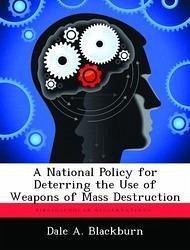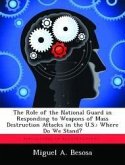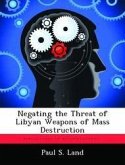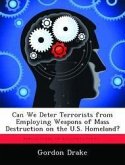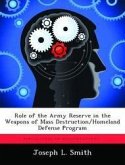Since the advent of the nuclear arms race, the US has developed and maintained a policy and associated capabilities to deter offensive use of these weapons against US forces, citizens and allies. With the end of the Cold War and the proliferation of nuclear, biological and chemical weapons, the threat posed by weapons of mass destruction has changed dramatically. The viability of traditional deterrence strategy is now questionable with respect to these new WMD threats and actors. However, the military will continue to play a key role in any deterrent strategy because of the inherent nature of its capabilities. This paper examines those capabilities and presents recommendations to modify and strengthen US WMD deterrent strategy. Chapter 1 describes the post-Cold War international context in which deterrence must be achieved, limits the scope of the study to the use of military forces in deterrent roles, and describes the threat currently posed by WMD. Chapter 2 presents key terms, describes key concepts of deterrence theory and describes the methodology used to complete the study. Chapter 3 addresses the spectrum of deterrent capabilities provided by military forces, ranging from the extreme of a massive nuclear strike to less lethal options such as Special Operations Forces employment and defensive systems. Chapter 4 discusses US deterrent policy, including nonproliferation and the use of military options. Chapter 5 concludes with recommendations regarding the use of military forces and policies to deter WMD use.
Hinweis: Dieser Artikel kann nur an eine deutsche Lieferadresse ausgeliefert werden.
Hinweis: Dieser Artikel kann nur an eine deutsche Lieferadresse ausgeliefert werden.

